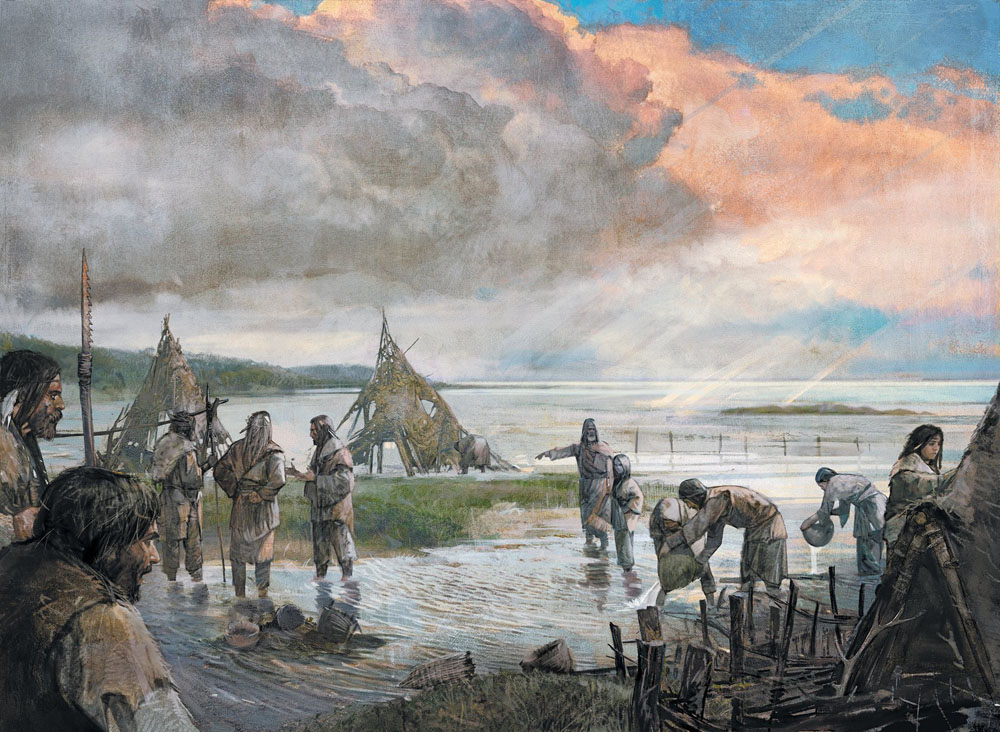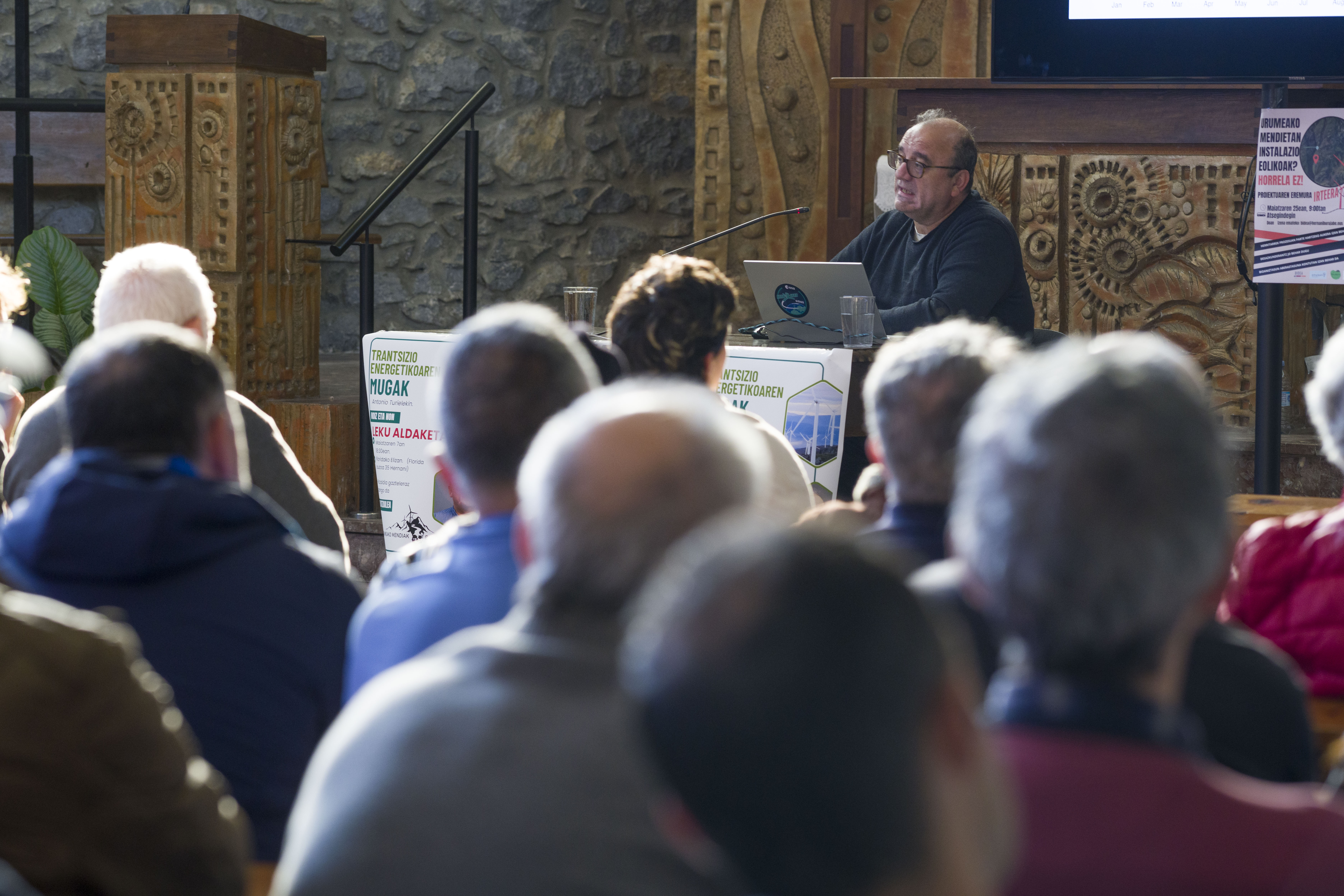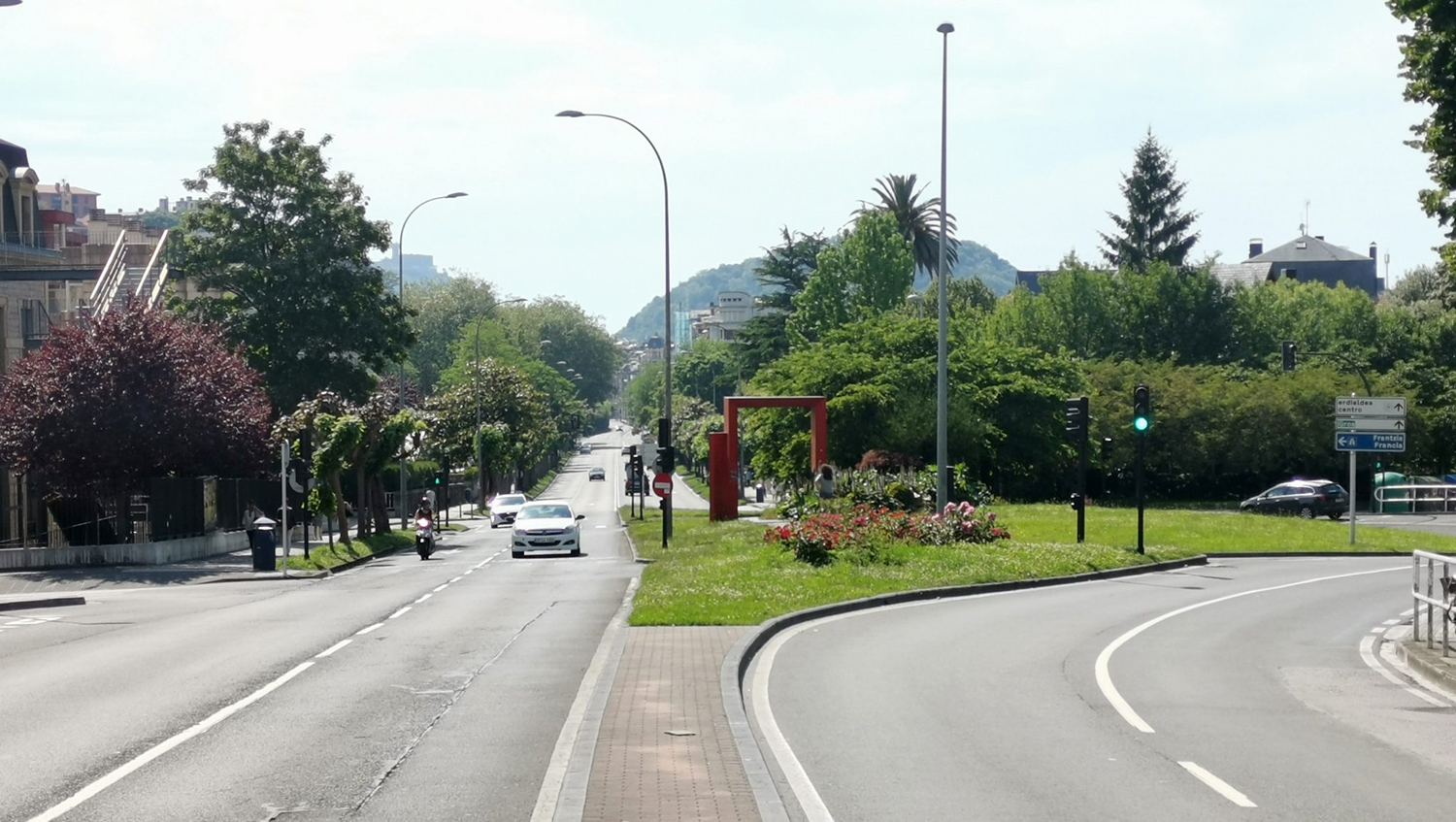Doggerland: What happens when the ice melts?
- North Sea, mid-18th century. When trawling began to spread on the coast of the Netherlands, fishermen, in addition to sole and platuxas, began to extract strange objects from the bottom of the sea: large tusks, remnants of rhinos or uros… And they threw them back into the sea.

In the 1980s, Dick Mol and Jan Glimmerveen, two passionate paleontologists, dialogued with the fishermen to keep these clues and gather the coordinates of the place where they were found. In 1985 they were given a complete human jaw: according to the radiocarbon, the bone was 9,500 years old and, therefore, the man lived in the submerged area at the time of the Mesolith.
Archaeologists call Doggerland this land that had been on land for thousands of years by the sand bank Dogger, in the North Sea. Underwater archaeology has always been difficult, but with the permission of the basamars, in the coastal excavations of Great Britain, Holland, Denmark… they are gathering more and more information about Doggerland. In addition, since 2007, a team from the University of Birmingham has been analysing the topography of this territory, based on seismic seismic marine data; the map of Doggerland already has more than 50,000 square kilometres.
18,000 years ago, the level of the North Sea was 122 meters below the current level and the frozen tundra occupied almost all of the space under the water today, as an island that was not Britain. As the planet warmed up, plants and animals from mainland Europe slowly spread north, as did the humans collecting and hunting them. And they lived on this vast plain for thousands of years, until the end of the Mesolith Age, about 6,000 years ago, until they were driven out by the sea.
Sea level rose steadily for centuries – two or three meters per century – and human beings adapted perfectly to these changes, migrating south and improving fishing and shipbuilding techniques. But 8,000 years ago, the Agassiz Glacier in North America released a huge mass of water in the Atlantic -- the sea level skyrocketed suddenly to 60 cm -- and soon after the underground slide called the Norwegian Stpregga dragged a giant tsunami to the European coast. This caused much more violent migrations and, consequently, problems of territoriality with humans who lived further south. And in the end, the conflict; in Brittany, on the island of Téviec, bones have been found of women who have died by force, a sign of those times of violence. The sea, ultimately climate change, completely exhausted the survival capacity of the inhabitants of Doggerland.
Doggerland tracks help to better understand the Mesolith and also show what happens to a civilization when the planet heats up, when the ice melts and the sea level rises.
Klima aldaketaren eraginez, munduko lurralde gero eta gehiago idortzen ari dira, milioika pertsonaren jarduera eta bizimoduak kolokan ezarririk. Fenomeno horren frontean dago India erdialdeko Maharashtra estatua, non klimaren berotzeari eta lehortzeari metatu zaizkien oihan... [+]
Today’s Venice is built on an archipelago of 118 islands. These islands are connected by 455 bridges. The city is based on mud rather than Lura. Millions of trees in the area were cut down from the 9th century onwards to build piles and cement the city. Years have passed and... [+]
Lurrak guri zuhaitzak eman, eta guk lurrari egurra. Egungo bizimoldea bideraezina dela ikusita, Suitzako Alderdi Berdearen gazte adarrak galdeketara deitu ditu herritarrak, “garapen” ekonomikoa planetaren mugen gainetik jarri ala ez erabakitzeko. Izan ere, mundu... [+]
Eskola inguruko natur guneak aztertu dituzte Hernaniko Lehen Hezkuntzako bost ikastetxeetako ikasleek. Helburua, bikoitza: klima larrialdiari aurre egiteko eremu horiek identifikatu eta kontserbatzea batetik, eta hezkuntzarako erabiltzea, bestetik. Eskola bakoitzak natur eremu... [+]
Agintari gutxik aitortzen dute publikoki, disimulurik eta konplexurik gabe, multinazional kutsatzaileen alde daudela. Nahiago izaten dute enpresa horien aurpegi berdea babestu, “planetaren alde” lan egiten ari direla harro azpimarratu, eta kutsadura eta marroiz... [+]
Biologian doktorea, CESIC Zientzia Ikerketen Kontseilu Nagusiko ikerlaria eta Madrilgo Rey Juan Carlos unibertsitateko irakaslea, Fernando Valladares (Mar del Plata, 1965) klima aldaketa eta ingurumen gaietan Espainiako Estatuko ahots kritiko ezagunenetako bat da. Urteak... [+]
Nola azaldu 10-12 urteko ikasleei bioaniztasunaren galerak eta klima aldaketaren ondorioek duten larritasuna, “ez dago ezer egiterik” ideia alboratu eta planetaren alde elkarrekin zer egin dezakegun gogoetatzeko? Fernando Valladares biologoak hainbat gako eman dizkie... [+]
Eskoziako Lur Garaietara otsoak itzularazteak basoak bere onera ekartzen lagunduko lukeela adierazi dute Leeds unibertsitateko ikertzaileek.. Horrek, era berean, klima-larrialdiari aurre egiteko balioko lukeela baieztatu dute, basoek atmosferako karbono-dioxidoa xurgatuko... [+]






















_Glaciar.png)